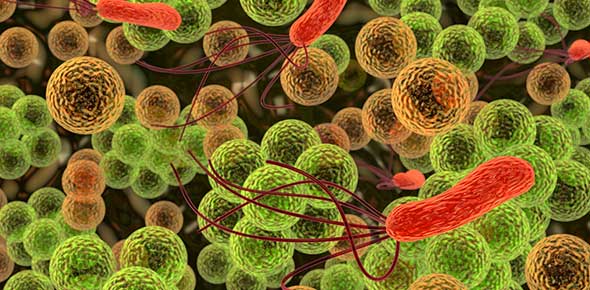Related Flashcards
Related Topics
Cards In This Set
| Front | Back |
|
Nervous system
|
With the help of the endocrine system, helps to keep controlled conditions within limits that maintain health and helps to maintain homeostasis; is responsible for all our behaviors, memories, and movements
|
|
Neurology
|
The branch of medical science that deals with the normal functioning and disorders of the nervous system
|
|
Central nervous system (CNS)
|
Consists of the brain and the spinal cord
|
|
Peripheral nervous system (PNS)
|
Consists of the 12 pairs of cranial nerves, 31pairs of spinal nerves, ganglia, enteric plexuses in small intestine, and sensory receptors in skin; connects CNS to muscles, glands and all sensory receptors; contains both sensory and motor fibers
|
|
Ganglia
|
Located outside the brain and spinal cord, are small masses of nervous tissue, containing primarily cell bodies of neurons
|
|
Enteric plexuses
|
Help regulate the digestive system; extensive network of neurons in the walls of digestive tract organs (ex: the G.I. tract)
|
|
Sensory receptors
|
Are either parts of neurons or specialized cells that monitor changes in the internal or external environment; ex: dendrites of neurons or cells (taste buds)
|
|
What are the 3 functions of the nervous system?
|
Sensory, integrative, and motor
|
|
Sensory function
|
To sense changes in the internal and external environment through sensory receptors; sensory (afferent) neurons serve this function; 2 types-somatic sensory receptors and visceral receptors
|
|
Somatic sensory receptors
|
Detect info about outside world/our position in the world; 2 types: external receptors and proprioceptors
|
|
External receptors
|
Type of somatic sensory receptors that receive info about external environment (touch, temp, pressure, sight, smell, and hearing)
|
|
Proprioceptors
|
Monitors the position and movement of skeletal muscles and joints
|
|
Visceral receptors (internal receptors)
|
Monitors the activities of the digestive, respiratory, cardiovascular, urinary, reproductive systems and provides sensations of taste, deep pressure, and pain
|
|
Integrative function
|
To analyze the sensory information, store some aspects, and make decisions regarding appropriate behaviors; association or interneurons serve this function
|
|
Motor function
|
Is to respond to stimuli by initiating action; motor (efferent) neurons serve this function
|







